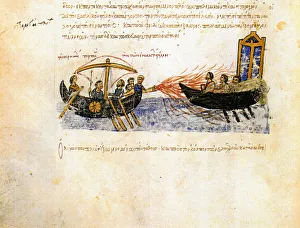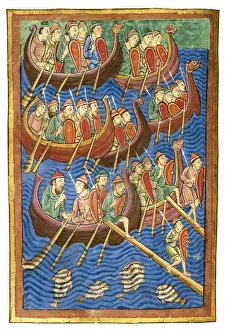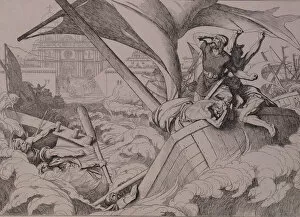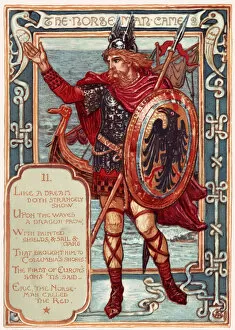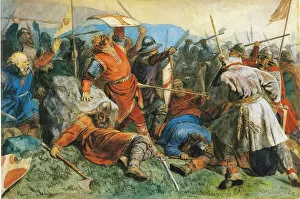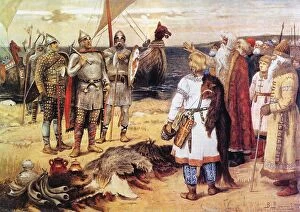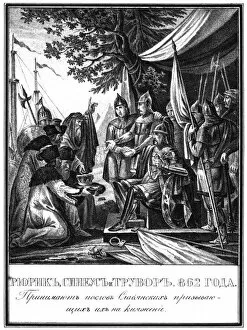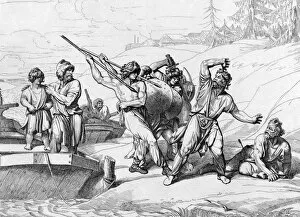Varagians Collection
The Varangians, also known as the Vikings of the East, were a group of Scandinavian warriors who ventured far from their homelands to seek fortune and glory
All Professionally Made to Order for Quick Shipping
The Varangians, also known as the Vikings of the East, were a group of Scandinavian warriors who ventured far from their homelands to seek fortune and glory. With their fearsome reputation preceding them, they left an indelible mark on history. One of their most notable contributions was the introduction of Greek fire, a devastating weapon that could set enemy ships ablaze with its unstoppable flames. This deadly invention gave them a significant advantage in naval battles and struck fear into the hearts of their adversaries. Throughout the centuries, many legendary figures emerged from this warrior culture. Rurik, Igor of Kiev, Olga, Sviatoslav, Vladimir the Great - these names echoed through time as powerful rulers who shaped Eastern Europe's destiny. As generations passed and dynasties rose and fell, new leaders like Yaroslav, Sviatoslav II, Sviatopolk continued to carry on the Varangian legacy. Their reigns brought prosperity and stability to their realms while upholding traditions rooted in Viking heritage. Among these great rulers stood individuals like Vladimir Monomakh and Yuri I - wise strategists whose military prowess ensured victory against formidable foes. Ivan II followed suit with his astute political maneuvering that solidified his position as a respected leader among both allies and enemies alike. Dmitry Donskoy's name will forever be etched in history for his pivotal role in defending Russia against Mongol invaders during the Battle of Kulikovo. His bravery inspired future generations to stand tall against adversity. Ivan III marked a turning point for Russia by liberating it from Mongol rule and establishing Moscow as its capital city. Under his leadership came cultural renaissance and territorial expansion that laid foundations for modern-day Russia. Intriguingly captured by Luigi Giarre's artistic hand are portraits depicting these influential figures alongside Ivan IV – known as Ivan the Terrible – whose complex reign left an indelible mark on Russian history.

